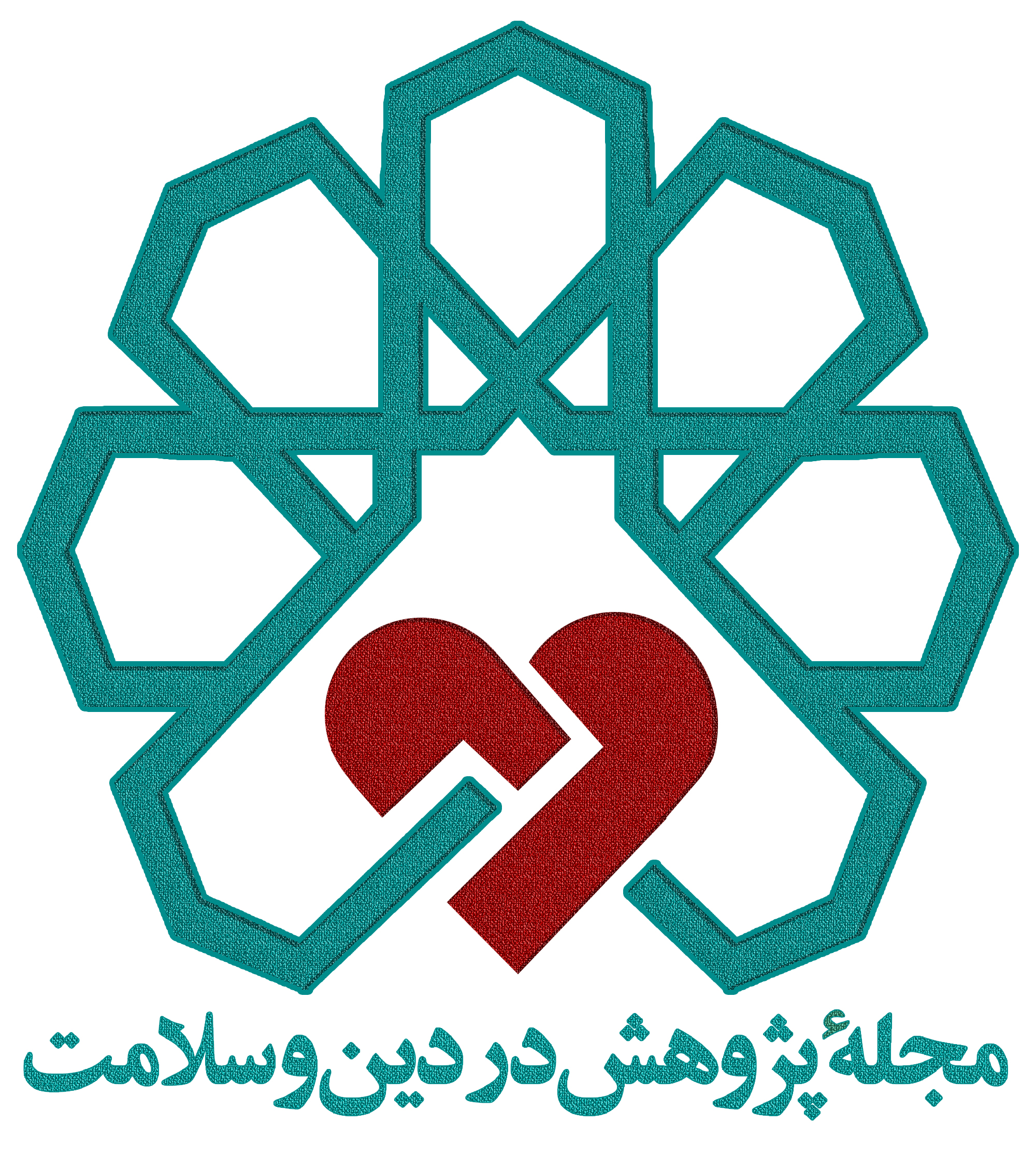Background and Objective: Spiritual health is one of the four dimensions of health, and its full acquisition leads to the dynamic progression of other dimensions of health. Spiritual health is a state of having and experiencing a sense of acceptance, connection to a higher power, and following a path towards the desired strength and integrity in one's entire existence based on the determined path. The present study aims to examine and identify the influential components of spiritual health in the well-being of adolescents to pave the way for future research.
Methods: This study was conducted using a descriptive library-based method and a systematic review of all Persian and English articles published between 2017 and 2023 related to spiritual health and adolescent health in databases such as the Scientific Information Database of Jihad University, national journals, the Iranian Institute for Research and Development in Medical Sciences, and international databases including Scopus, Google Scholar, PubMed, ScienceDirect, and Web of Science, using relevant keyword combinations. In this range, more than 190 documents were obtained. The data related to research questions regarding the relationship and impact of spiritual health on various dimensions of adolescent growth were examined. The authors of the articles did not report any conflicts of interest.
Results: By examining the selected documents, the findings showed that a focus on the spiritual aspect prepares individuals for coping with illness and problems by enhancing their self-perception as complete human beings. It plays a significant role in improving the quality of life and social performance of adolescents.
Conclusion: Based on the research findings, it can be stated that religion and spirituality act as protective factors against the negative effects of life stressors on mental health. By promoting happiness, well-being, self-esteem, resilience, contentment, hope, and the development of a healthy personality, it contributes to increasing general self-efficacy, social functioning, and reducing delinquency and risky behaviors. Furthermore, it has practical implications for the education and upbringing of adolescents.

